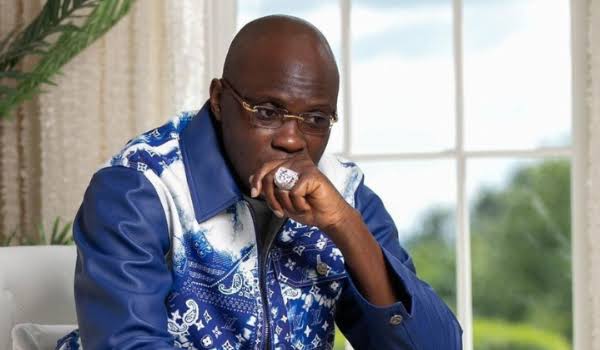The US central bank, Federal Reserve, has announced another increase in interest rates, despite concerns that this move could further add to financial turmoil following a string of bank failures. The Fed increased its key rate by 0.25 percentage points while calling the banking system “sound and resilient”. However, it also warned that fallout from the bank failures could hurt economic growth in the months ahead.
The Fed has been raising borrowing costs in a bid to stabilize prices. But the sharp increase in interest rates since last year has led to strains in the banking system. Two US banks – Silicon Valley Bank and Signature Bank – collapsed this month, buckling in part due to problems caused by higher interest rates. There are concerns about the value of bonds held by banks as rising interest rates may make those bonds less valuable. Banks tend to hold large portfolios of bonds and as a result, are sitting on significant potential losses.
The recent bank failures have raised concerns about widespread financial stability, but authorities around the world have stated that they do not think the failures threaten the financial system. The US Federal Reserve and the European Central Bank have both raised interest rates in recent weeks, while the Bank of England is set to make its own decision on interest rates on Thursday, following news that inflation has unexpectedly shot up in February to 10.4%.
Federal Reserve chairman, Jerome Powell, said that the Fed remained focused on its fight against inflation. He described Silicon Valley Bank as an “outlier” in an otherwise strong financial system. However, he acknowledged that the recent turmoil was likely to drag on growth, with the full impact still unclear.
Forecasts released by the Fed indicate that officials expect the economy to grow by just 0.4% this year and 1.2% in 2024, a sharp slowdown from the norm. The announcement from the Fed also toned down earlier statements which had said “ongoing” increases in interest rates would be needed in the months ahead. Instead, the Fed said, “Some additional policy firming may be appropriate”.
The move “signals clearly that the Fed is nervous”, said Ian Shepherdson, chief economist at Pantheon Macroeconomics. This rate rise is the ninth in a row by the Fed. It lifts its key interest rate to 4.75%-5%, up from near zero a year ago – the highest level since 2007. Higher interest rates mean the cost to buy a home, borrow to expand a business, or take on other debt goes up. By making the such activity more expensive, the Fed expects demand to fall, cooling prices.
That has started to happen in the US housing market, where purchases have slowed sharply over the last year and the median sales price in February was lower than it was a year ago – the first such decline in more than a decade. But overall the economy has held up better than expected and prices continue to climb faster than the 2% rate considered healthy.
Inflation, the rate at which prices climb, jumped 6% in the 12 months to February. The cost of some items, including food and airfare, is surging even faster. Before the bank failures, Mr. Powell had warned that officials might need to push interest rates higher than expected to bring the situation under control. The bank projections show policymakers expect inflation to fall this year – but less than expected a few months ago.
Still, they forecast interest rates of roughly 5.1% at the end of 2023 – unchanged since December – implying the Fed is poised to stop raising rates soon. Mr. Powell described the effect of the recent turmoil as the “equivalent of a rate hike”. He said the Fed may be able to raise its key rate less aggressively if the turmoil in the financial system prompts.





